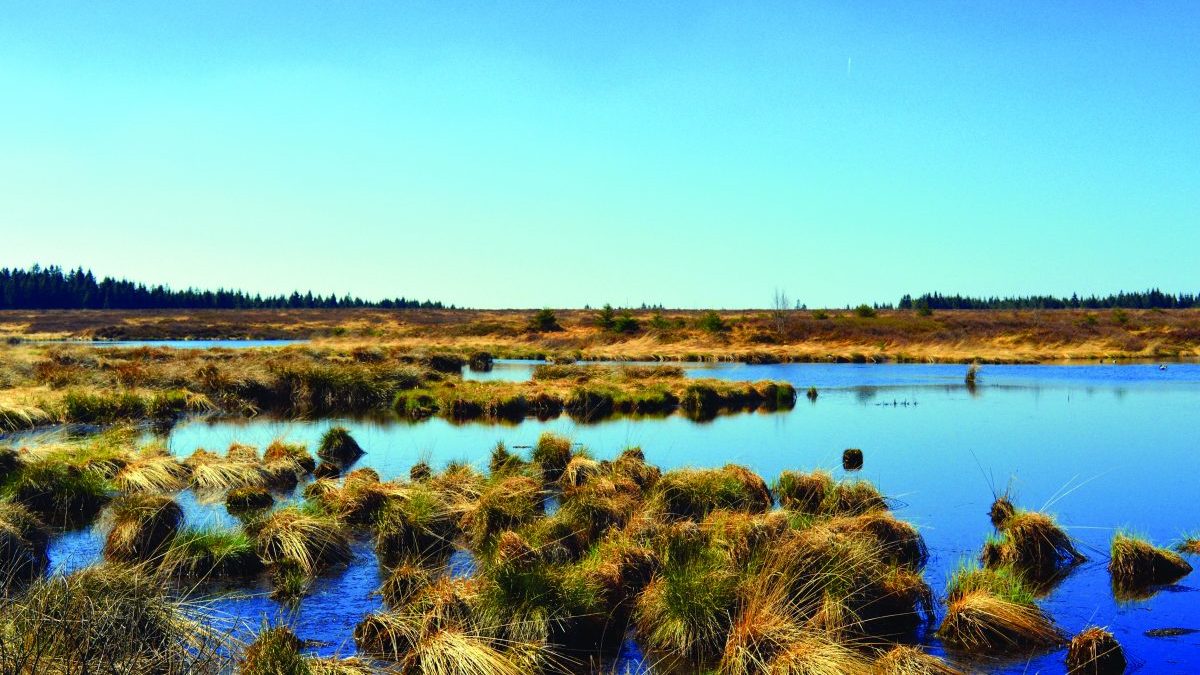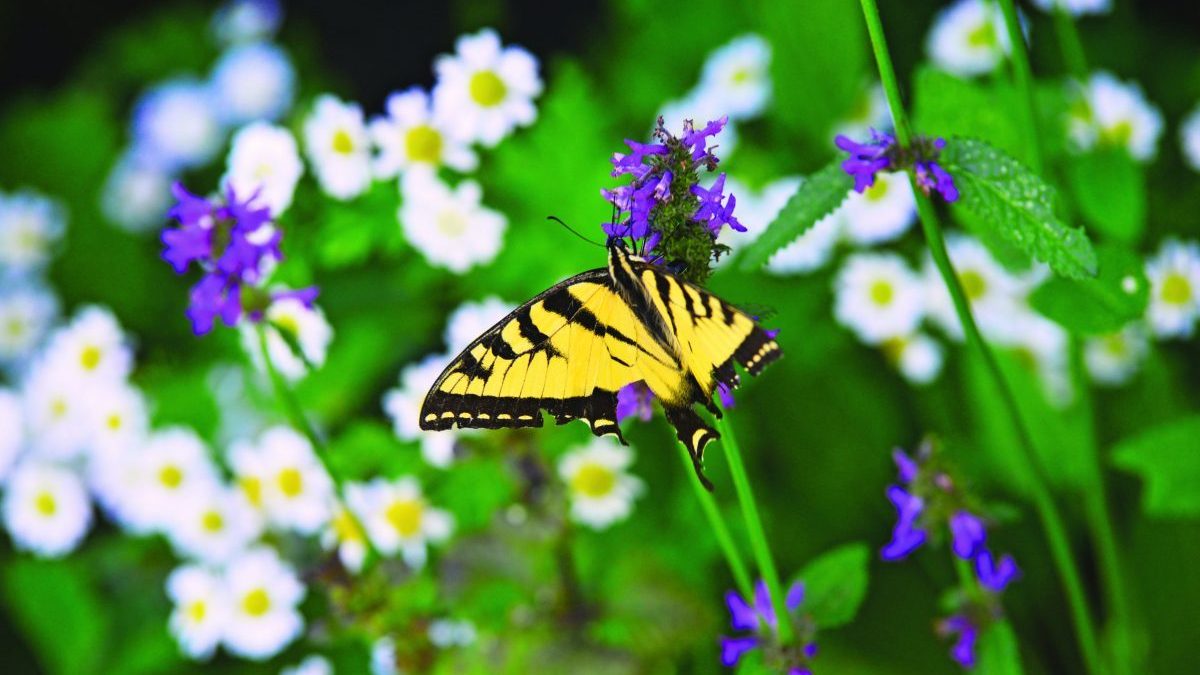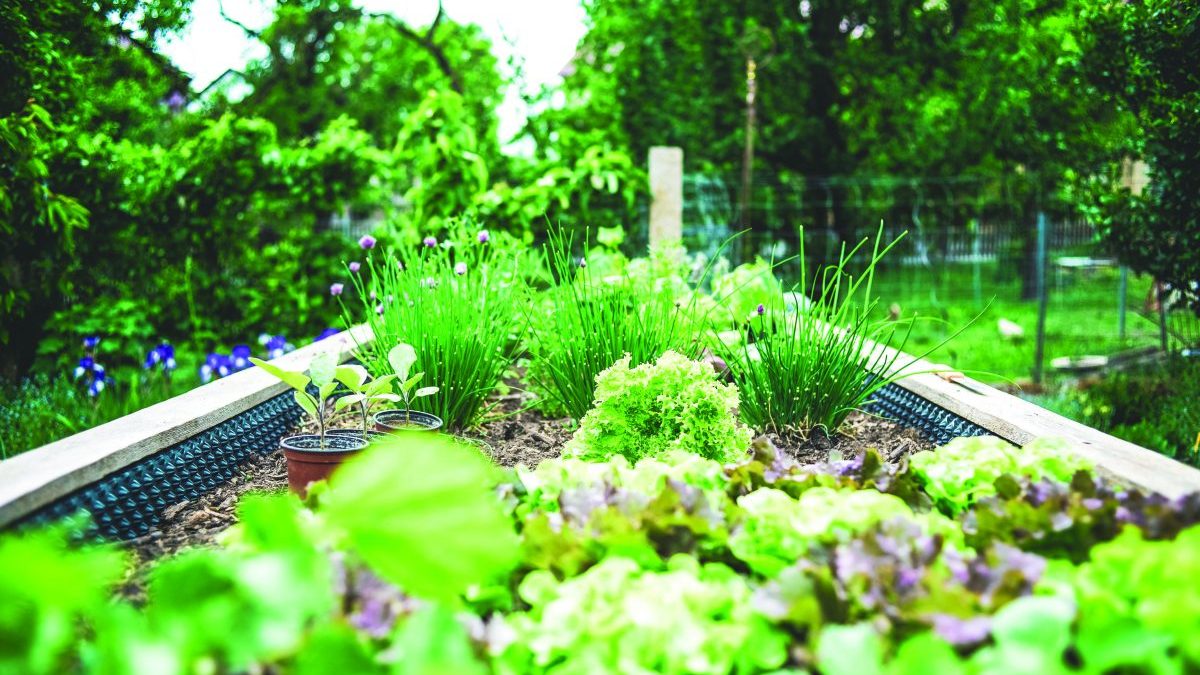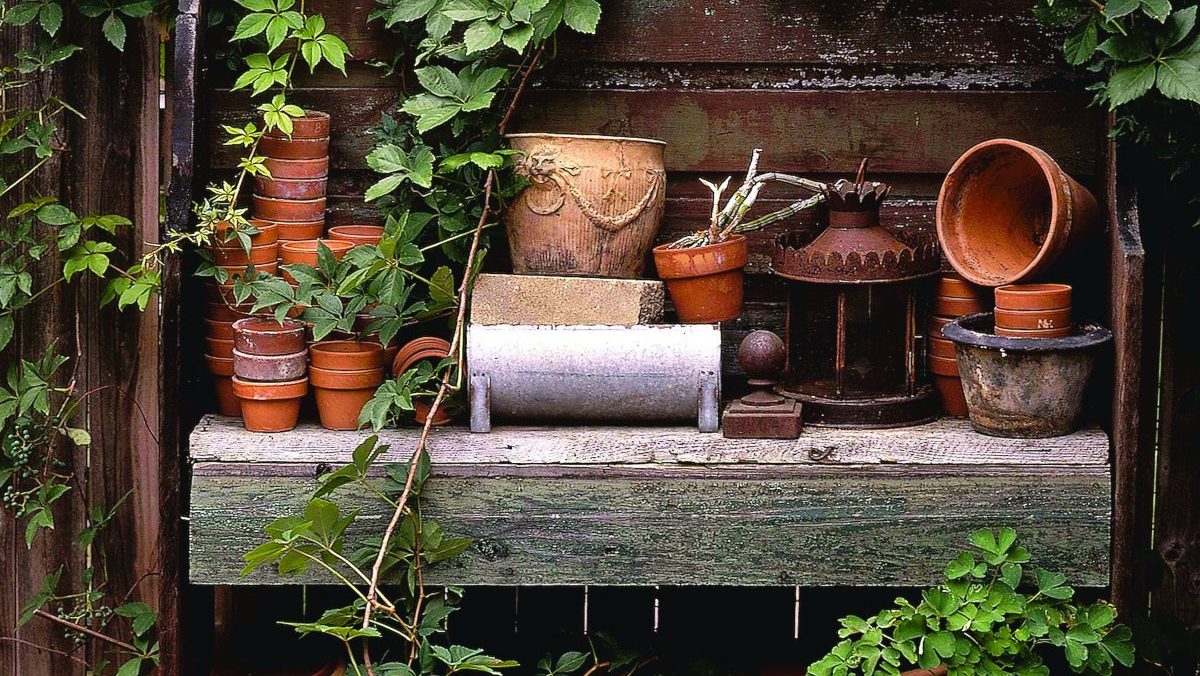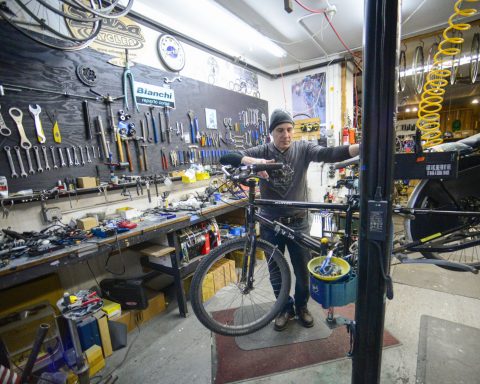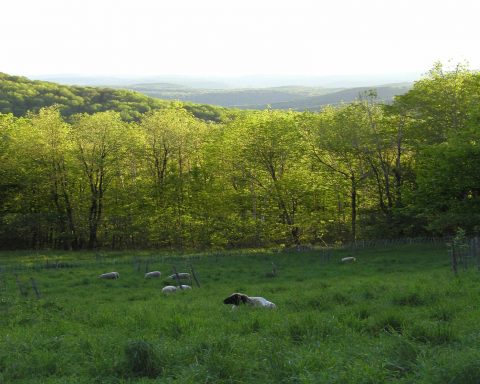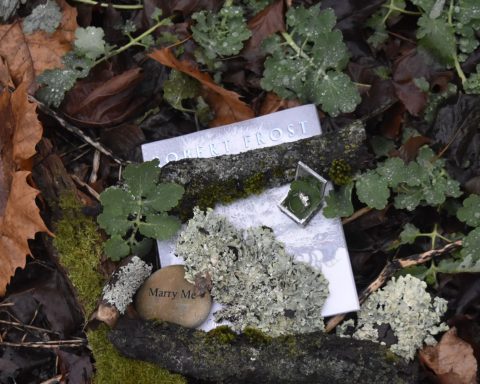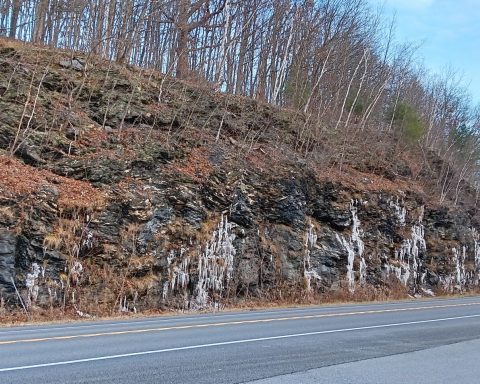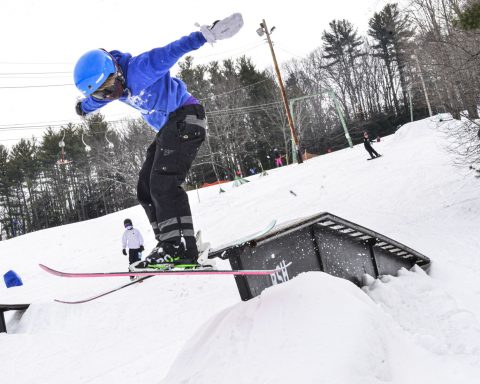By Thomas Christopher

For me, this season brings with it an ethical dilemma. This is the time of year when I start sowing seeds indoors. Every late winter through spring I grow 400-odd seedlings under lights in my basement to plant out, once the weather warms, in my vegetable and flower gardens. Indeed, I would say that the success of my gardening year depends on whether these seedlings thrive. That’s why I am very particular about the growing medium into which I sow my seeds.
When I was a student at the New York Botanical Garden more than four decades ago, we used a mixture of equal parts screened loam, leaf mold (composted leaves), and coarse sand. To kill any weed seeds and purge the soil mix of harmful organisms, we would pasteurize the mix before we used it by heating it with steam.
This may sound impressive, but the process was commonly ineffective. Often enough, the seedlings we started would succumb to a group of pathogenic fungi known collectively as “damping off.”
These fungi produce a number of symptoms. Seedlings may fail to emerge from the soil, or if they do, the cotyledons, the first leaves, may be mushy and discolored gray or brown. The roots of the seedlings may be stunted, causing the seedlings to wilt. The most common symptom, though, in my experience, is a constriction at the base of the seedling stems, which causes the seedlings to topple and then wither.
There is no effective cure for damping off. Prevention is the key. This involves a number of precautions. If you are reusing old pots or trays for seed starting, it’s important to wash them thoroughly first in a disinfectant bath such as a water and Lysol solution. When doing this, make sure to scrub off all the old seed-starting mix. Be careful, too, how you water the newly sown seeds and emerging seedlings; over-watering — soaking the seed starting mix rather than just moistening it — encourages damping off.
The crucial measure in preventing damping off, however, I have found, is using a seed starting mix that includes no soil or compost, both of which naturally harbor fungi. Instead, I suggest using one of the commercially available, sphagnum peat-based seed starting mixes. Sphagnum peat, the crumbly brown product of decomposed sphagnum moss that is harvested from northern peat bogs, is naturally antiseptic.
Indeed, sphagnum moss was used as bandaging in World Wars I and II because it naturally discourages bacterial and fungal infections. The same thing is true of the peat it produces. Since I began using a peat-based seed starting mix, I don’t recall ever having my seedlings fall prey to damping off.

This brings me back to the ethical dilemma that I mentioned in the first line of this column. Environmentalists warn that peat bogs, which take centuries or even millennia, to form, are being strip-mined at an unsustainable rate. Canadian peat producers, who contribute 95 percent of North America’s annual sphagnum peat harvest, claim to be using only .03 percent of that nation’s bogs. That, however, constitutes more than 84,000 acres, and the harvesting process involves scraping off centuries’ worth of deposits.
Accordingly, I try to minimize my use of peat. I don’t use peat moss as a soil amendment in the garden, and I don’t use peat-based potting mixes for container plantings. But I still use peat-based seed starting mixes. I have experimented a bit with the use of coir, coconut fiber, for seed starting, and did not find the growth of the seedlings as robust. I’ve also read one peer-reviewed study that found that the addition of commercially produced compost to a soil-less seed starting mix can actually help to suppress damping off. Dr. Linda Chalker-Scott, who cited this study in The Garden Professors blog suggested that the difference between commercially produced compost and the homemade product such as we used at the New York Botanical Garden may be that the commercial product heats up to 140 F or more for several days during decomposition, whereas, the homemade compost typically does not.
One last point I should mention about the sphagnum peat-based seed starting mixes is that typically they are sterile, without nutrients, so fertilization should begin as soon as the seedlings appear. I like to use a water-soluble fertilizer, mixing it half strength but applying it twice as often as recommended on the product label. This more gradual feed seems to produce better seedling growth in my experience.
Be-a-Better-Gardener is a community service of Berkshire Botanical Garden, located in Stockbridge, Mass. Thomas Christopher is a volunteer at Berkshire Botanical Garden and is the author or co-author of more than a dozen books, including “Nature into Art and The Gardens of Wave Hill.” (Timber Press, 2019). He is the 2021 Garden Club of America’s National Medalist for Literature. His companion broadcast to this column, Growing Greener, streams on WESUFM.org, Pacifica Radio and NPR and is available at his website: thomaschristophergardens.com/podcast.
